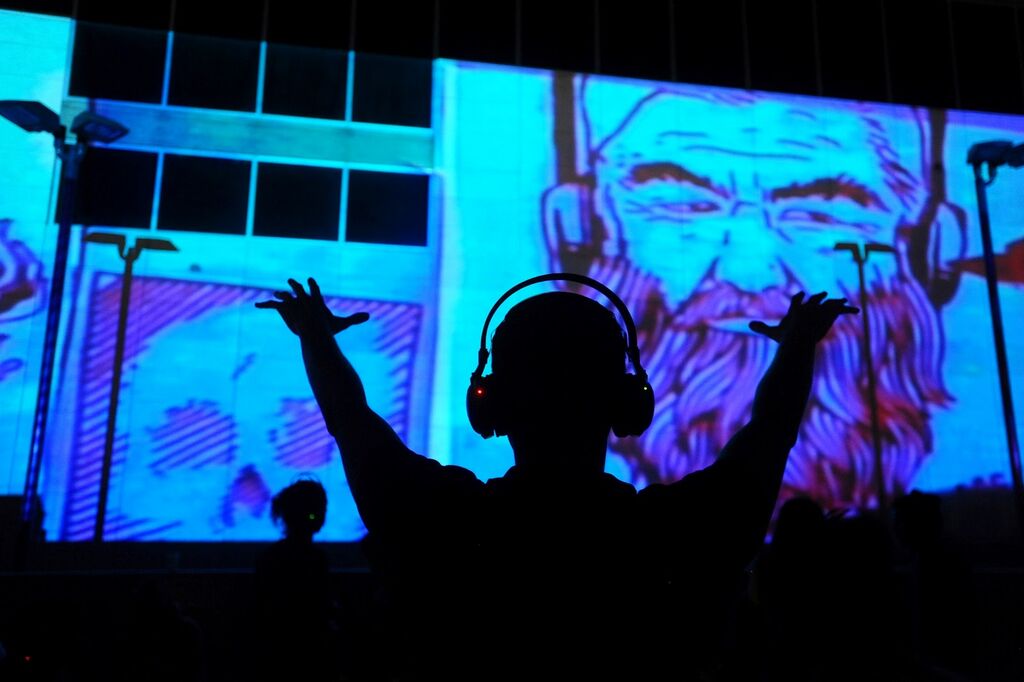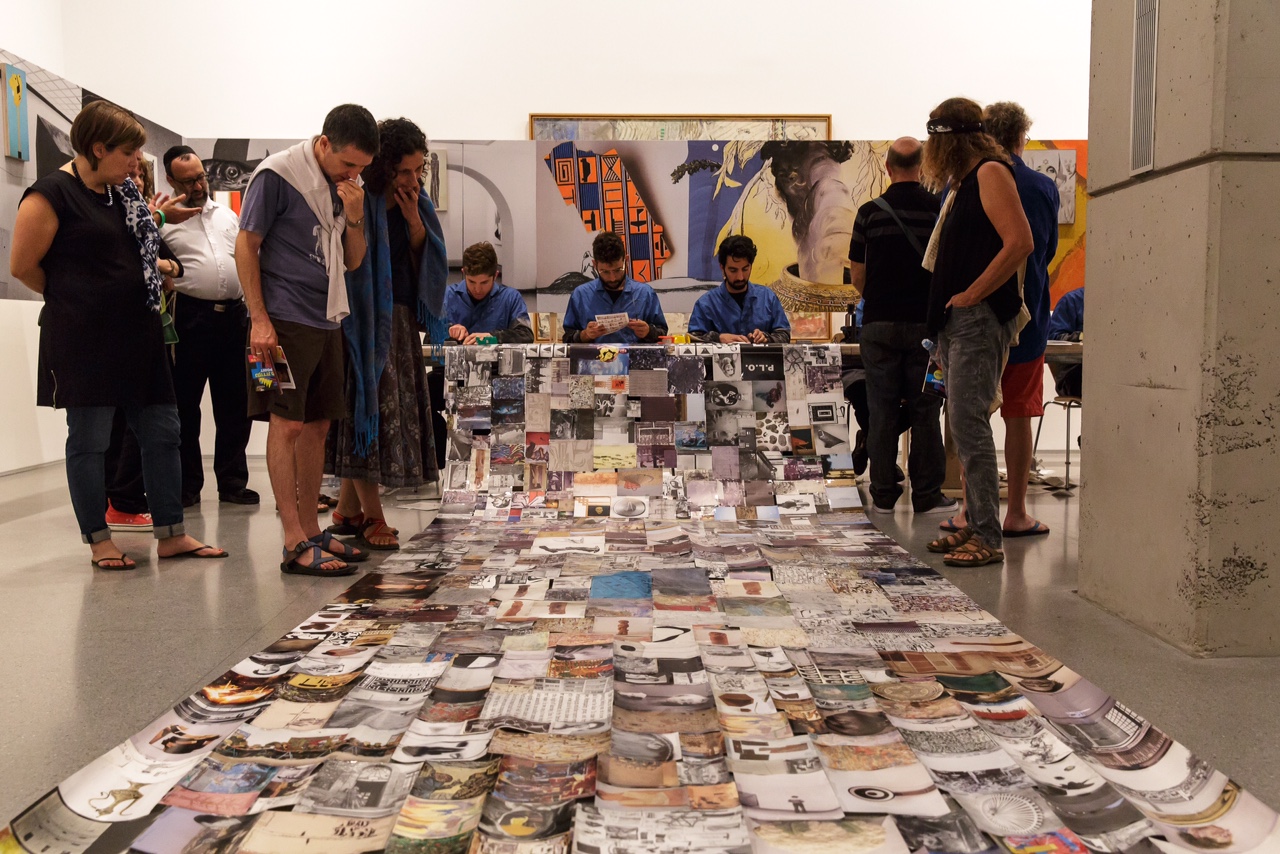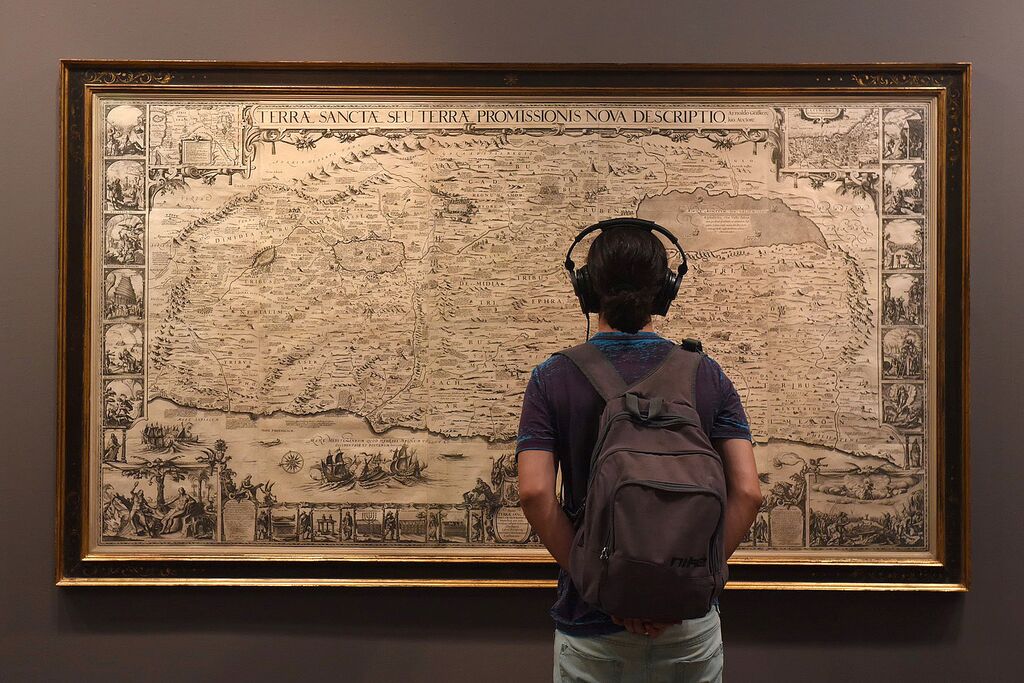What happens when contemporary creative thinking meets with a traditional museum structure? Recently, as part of the Season of Culture, the Israel Museum opened for an evening of encounters, that had been created around the space by a mix of artists, aimed to set up the point at which ‘art and life intersect’.
Listening to the Enemy, an audio project from Eran Hadas and Lior Zelmenson, considered the physical and political borders between countries and communities, calling upon audio ‘tour guides’ from Morocco, Malaysia and Pakistan — nationalities who are banned from Israel — to describe the Ancient Eastern archaeology and Islamic art on display. Asked to discuss how the work made them feel and what it was about, these historical objects were made to feel a little more contemporary (each to their own, it’s the thought that counts, and so on).
Rafik Yedidya also played with the audio description that plays such a big part in the traditional gallery space, asking viewers to wear blindfolds, and experience the space via a set of earphones and a pre-recorded guide. Visitors listened to extensive descriptions of the works that they could no longer see, questioning the level at which an artwork can be experienced, and indeed the level of personal thought and subjectivity attached to artworks.
Elsewhere, Anat Katz and Erez Maayan held an auction of ‘museum artefacts’, flogging items that were used behind the scenes at the gallery — from the frame that once held a Picasso painting, to the plaster knife once used by Zadok Ben David. Anish Kapoor’s looming sculpture saw some nighttime activity, finding itself surrounded by a silent dance party, with 1,500 dancers bopping around to the sounds of 2 different DJ sets (interchangeable with the press of a button) until 3am.








